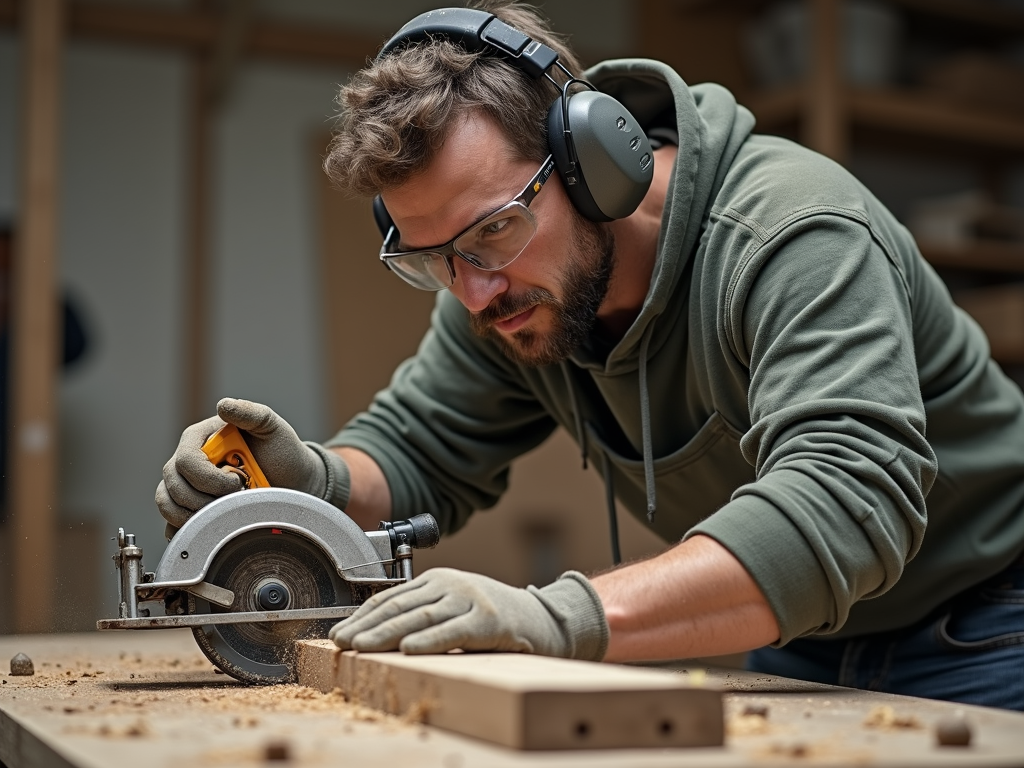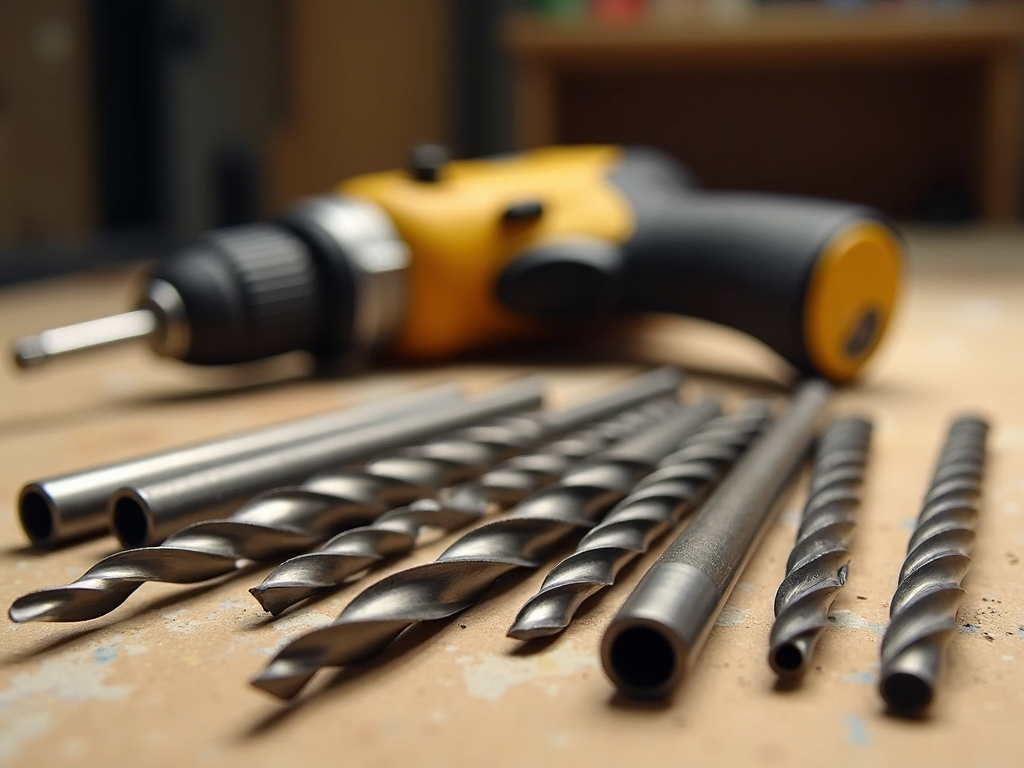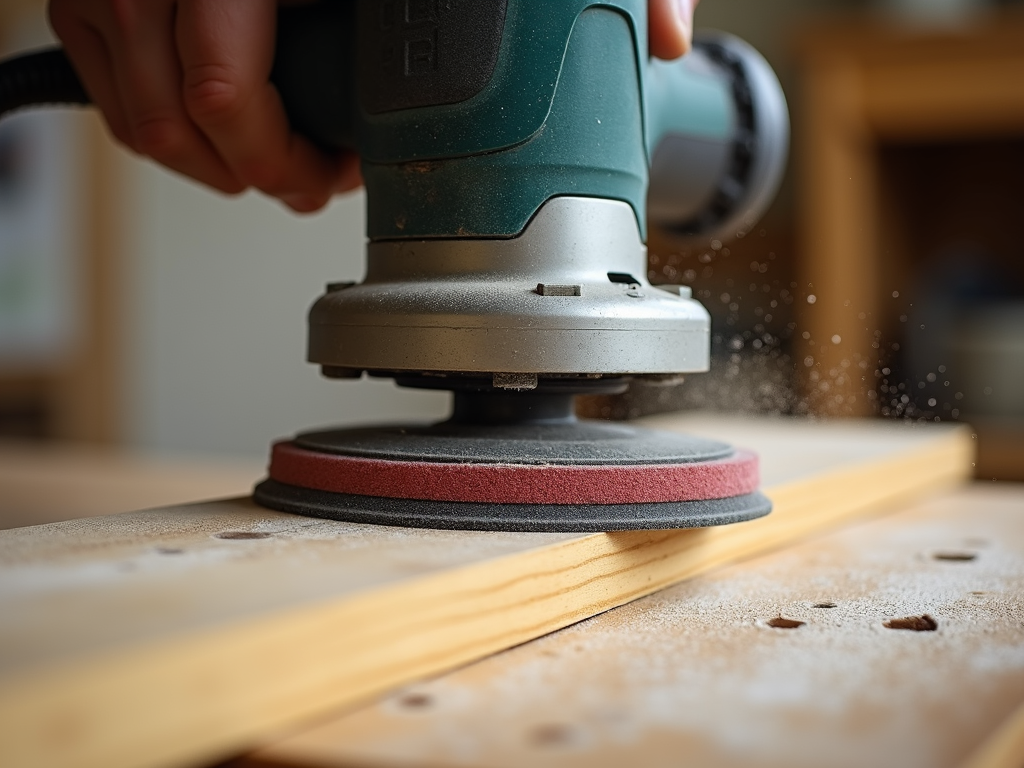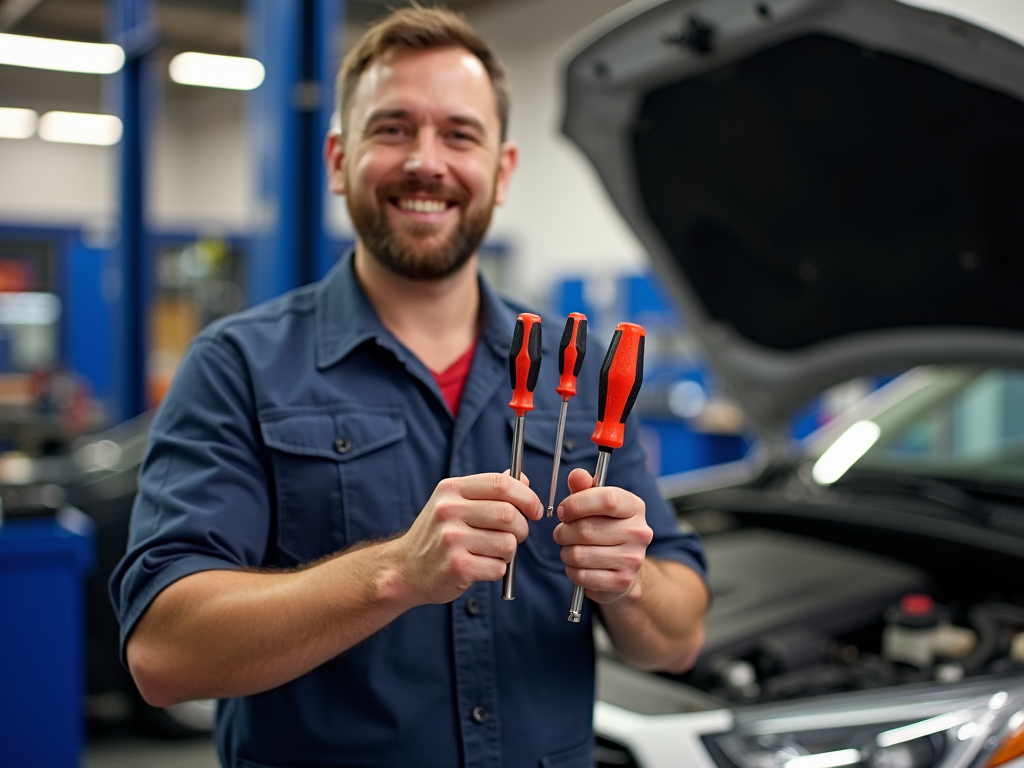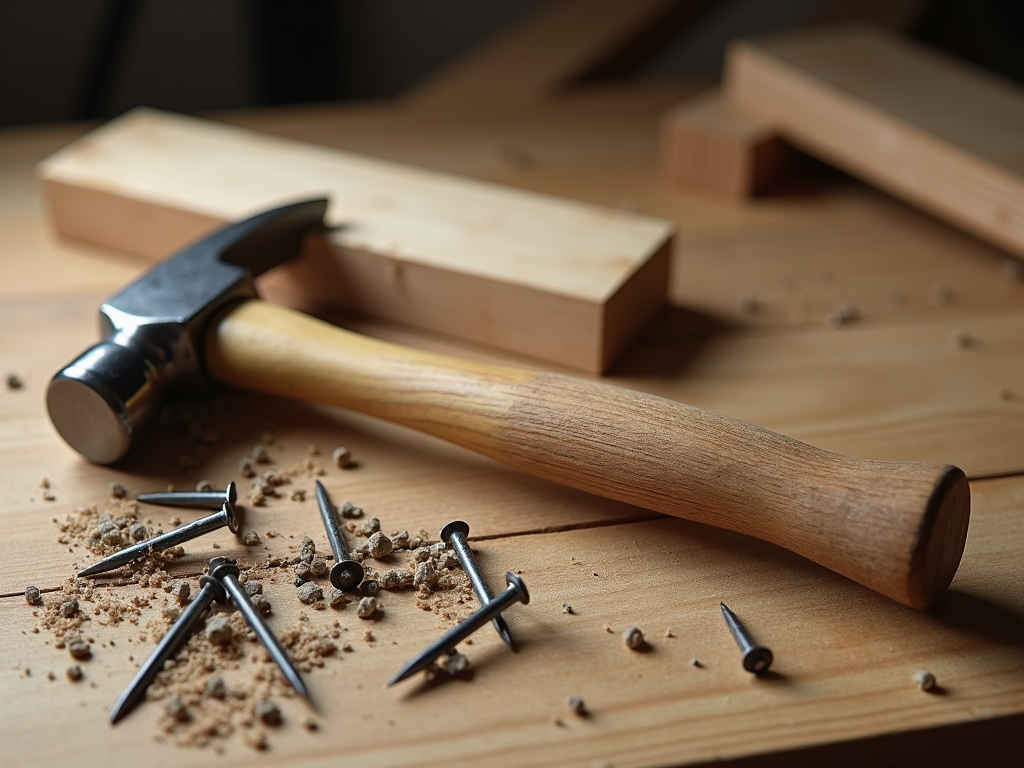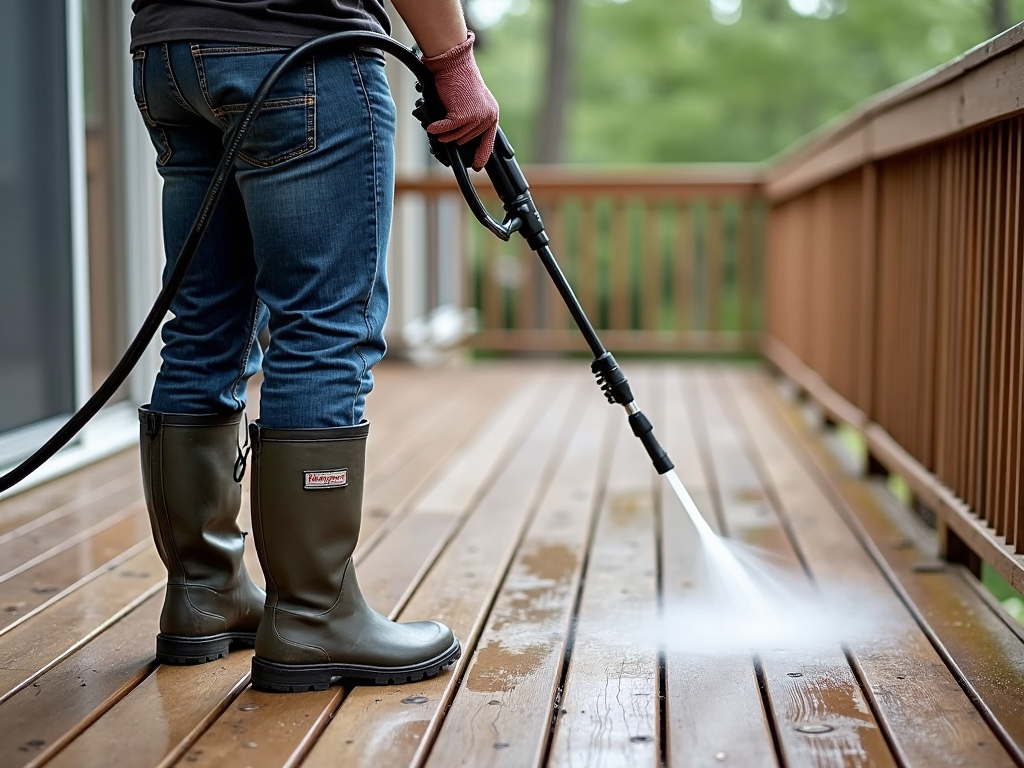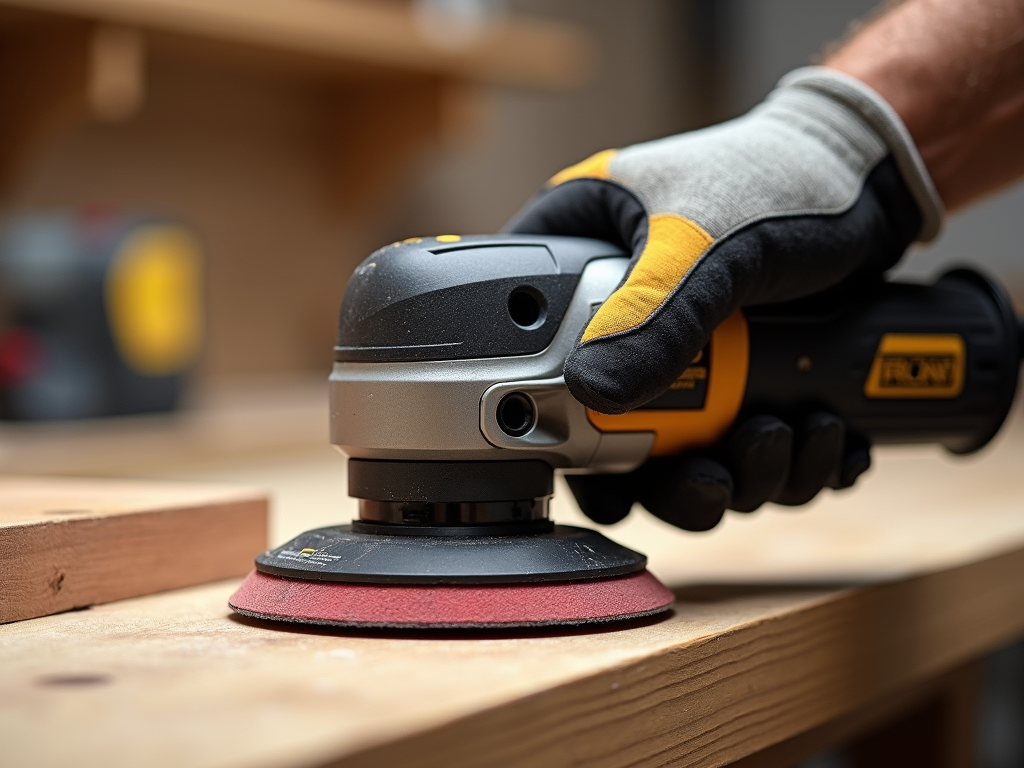Creating a safe home workshop is vital for anyone who loves DIY projects. This article shares essential safety tips to help you avoid accidents and injuries. Whether you’re new to woodworking or a skilled handyman, these guidelines will keep your workspace secure and productive.
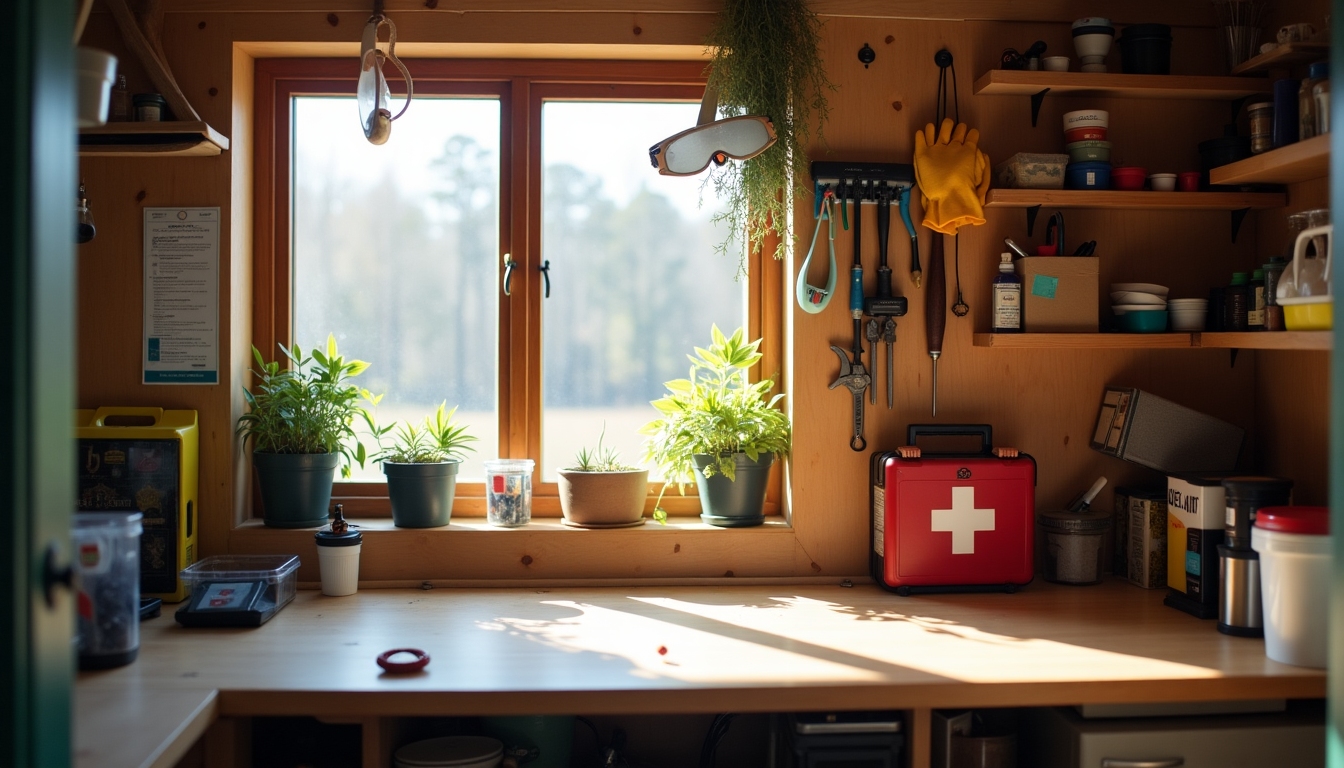
Why Safety Comes First
A home workshop is a place to build and create, but it can also be risky. Sharp tools, heavy equipment, and power cords all pose dangers if you’re not careful. Prioritizing safety protects you and makes your work more enjoyable.
I learned this the hard way. Years ago, I rushed into a project without wearing gloves. A slip with a drill left me with a sore finger and a big lesson. Since then, I’ve made safety my top priority, and it’s saved me from worse trouble.
Must-Have Safety Gear
Before you pick up a tool, gear up properly. Here’s a list of essentials every workshop needs:
- Safety Goggles: Shield your eyes from dust and debris.
- Gloves: Protect your hands from cuts and burns.
- Ear Protection: Block out loud noises from power tools.
- Dust Mask: Keep harmful particles out of your lungs.
- First Aid Kit: Handle small injuries fast.
Wearing this gear isn’t optional—it’s a habit. For instance, goggles should cover your eyes completely, and gloves need to match the job. Leather works for sharp tools, while rubber is better for chemicals.
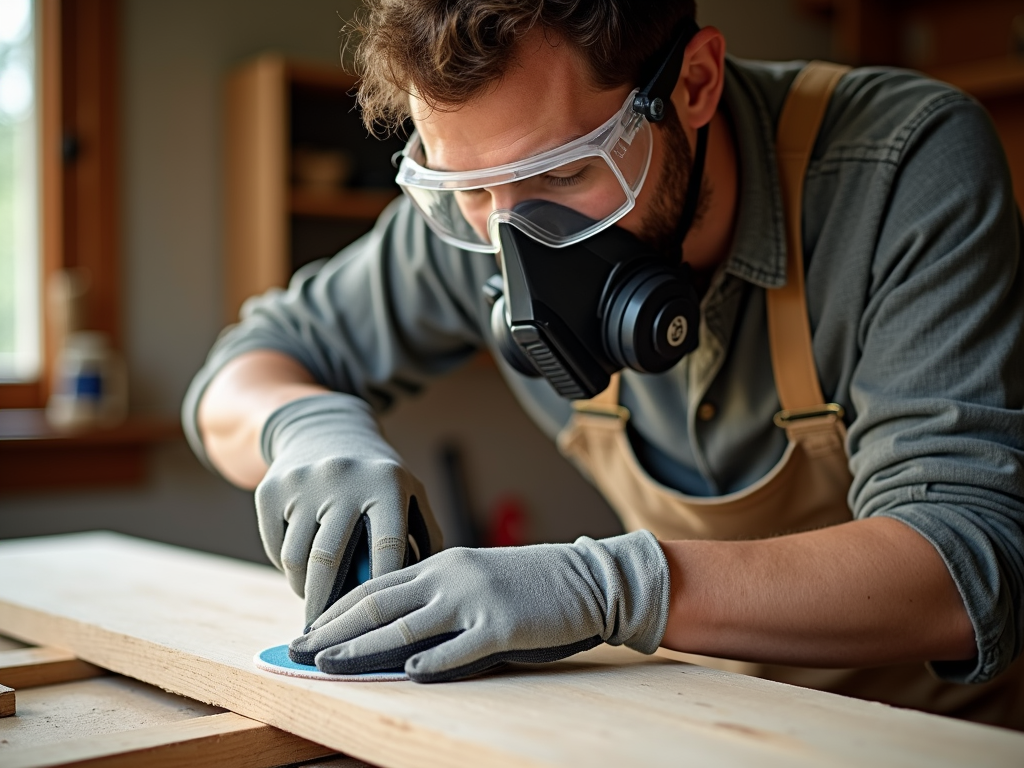
Keep Your Workshop Organized
A messy workshop invites trouble. Tools on the floor or cluttered benches can lead to trips or cuts. Organizing your space cuts down on risks and saves time.
Here’s how to do it:
- Store Tools Properly: Hang them on pegboards or keep them in a toolbox.
- Clear the Floor: Remove cords and scraps to avoid tripping.
- Label Items: Mark bins and drawers for quick access.
- Secure Heavy Stuff: Place big tools low so they don’t fall.
I once stumbled over a loose cord and nearly hit my head. Now, I tidy up after every project. It’s a small step that makes a big difference.
Essential Tools for Every Handyman
Good tools make your work safer and easier. Here are some basics every handyman should own:
| Tool | Use |
|---|---|
| Hammer | Drives nails, breaks things |
| Screwdrivers | Tightens screws (flat/Phillips) |
| Pliers | Grips, bends, cuts |
| Tape Measure | Measures accurately |
| Level | Keeps things straight |
Using a hammer? Grip it tight and swing with control. Tools like these are simple but powerful—respect them and follow their instructions.

DIY Workbench Plans for Small Spaces
Limited space shouldn’t stop you from having a safe workshop. A smart workbench can fit anywhere and still keep you secure. Try these ideas:
- Foldable Design: Fold it up when you’re done.
- Built-in Storage: Add shelves or drawers underneath.
- Multi-use Surface: Cut, assemble, and store on one bench.
My garage is tiny, so I built a foldable workbench. It’s sturdy when I need it and tucks away when I don’t. Small spaces don’t have to mean big risks.
Workshop Organization Tips for Maximizing Efficiency
An organized workshop isn’t just safer—it’s faster. You’ll work better when everything’s in place. Here are some tips:
- Group Tools: Keep cutting tools together, measuring tools separate.
- Use Clear Bins: See what’s inside without digging.
- Label Cords: Color-code them to avoid mix-ups.
- Plan Your Flow: Arrange tools in the order you use them.
I started grouping my tools a year ago. Now, I grab what I need without searching, and I stay focused on the job.
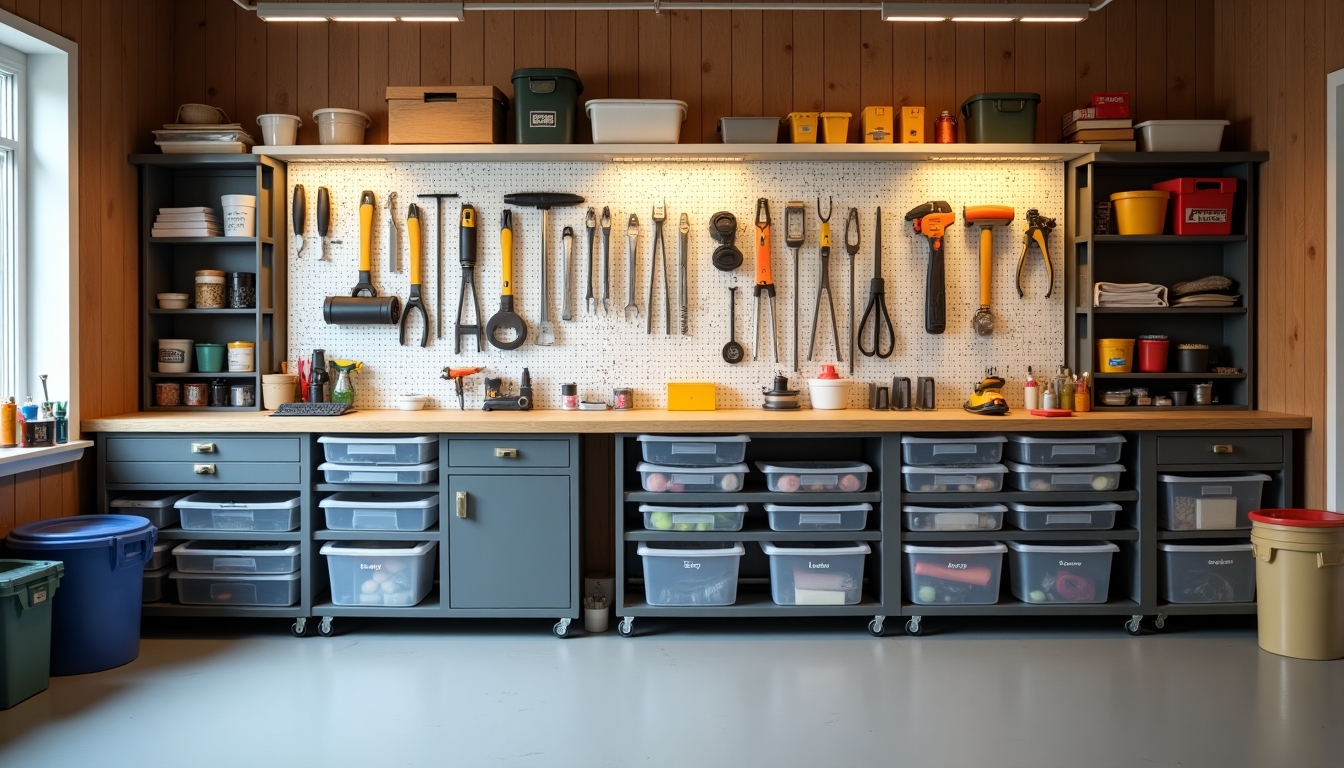
Avoid These Safety Mistakes
Even pros slip up sometimes. Watch out for these common errors:
- Skipping Gear: Don’t skip goggles or gloves—ever.
- Neglecting Tools: Check them regularly for wear.
- Working Tired: Stop if you’re exhausted; mistakes happen then.
- Rushing: Go slow to stay safe.
I cut my hand once because I worked late and got sloppy. Now, I take breaks and pace myself. It’s better to finish late than not at all.
Power Tool Safety Basics
Power tools speed up projects but raise the stakes. Follow these rules:
- Read the Manual: Know your tool before you start.
- Unplug When Not in Use: Avoid accidental starts.
- Use Both Hands: Keep control at all times.
- Check Before Cutting: Look for nails or knots in wood.
The U.S. Consumer Product Safety Commission reports thousands of power tool injuries yearly. A little caution goes a long way—trust me.

Fire and Electrical Safety
Workshops can spark trouble—literally. Prevent fires and shocks with these steps:
- Use a Surge Protector: Plug in tools safely.
- Keep a Fire Extinguisher: Place it where you can grab it fast.
- Avoid Overloading Outlets: Too many plugs can overheat.
- Check Cords: Replace frayed ones immediately.
I keep a fire extinguisher by my bench after a friend lost his shed to a spark. Electricity is handy but unforgiving.
Summary
A safe home workshop lets you focus on creating, not recovering. Wear gear, organize your space, respect your tools, and avoid rushing. These essential safety tips for your home workshop build a space that’s both secure and efficient. Stay safe, and enjoy your projects!
Want to dig deeper? See the recommended readings below.
Related Essential Safety Tips for Your Home Workshop:
- Stay Safe: Essential Safety Practices for Workman Tools
- Picking the Perfect Drill Bit for Any Job
- Unleash Your Creativity: Rotary Tools for Sanding, Polishing, and Beyond
- The Ultimate Guide to Hand Tools Every Mechanic Needs
- Top 10 Hand Tools Every Workman Should Own
- How to Choose the Right Power Washer for Your Needs
- Essential Electrical Tools for Troubleshooting and Repair: A Comprehensive Guide
- The Future of Industrial Automation: How AI and Advanced Tools Are Shaping Tomorrow's Factories
- Mastering Rotary Tools for Artistic Creations: From Sanding to Polishing and Beyond
- Revolutionizing Painting: Innovative Tools for Efficiency and Creativity
- Toolbox Maintenance: A DIY Guide
- Choosing the Right Wood: Essentials for Woodworkers
